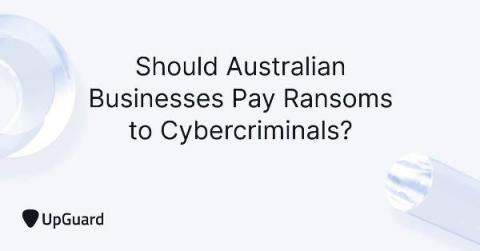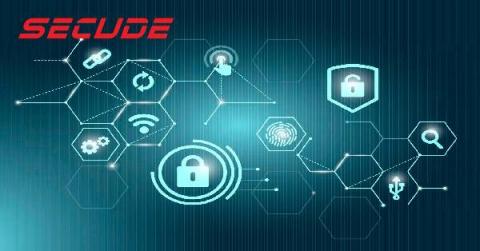The Open Policy Agent Journey from Sandbox to Graduation
As anyone who has built or introduced a new project or product knows, success doesn’t happen overnight. It takes time and patience. When we first started the Open Policy Agent (OPA) project in 2016, we didn’t just spend all of our time on code — a lot of it was spent building awareness around the project and the community. As OPA started gaining traction, we were encouraged every time we’d hear a developer talk about OPA at a conference or mention it in a blog post.











